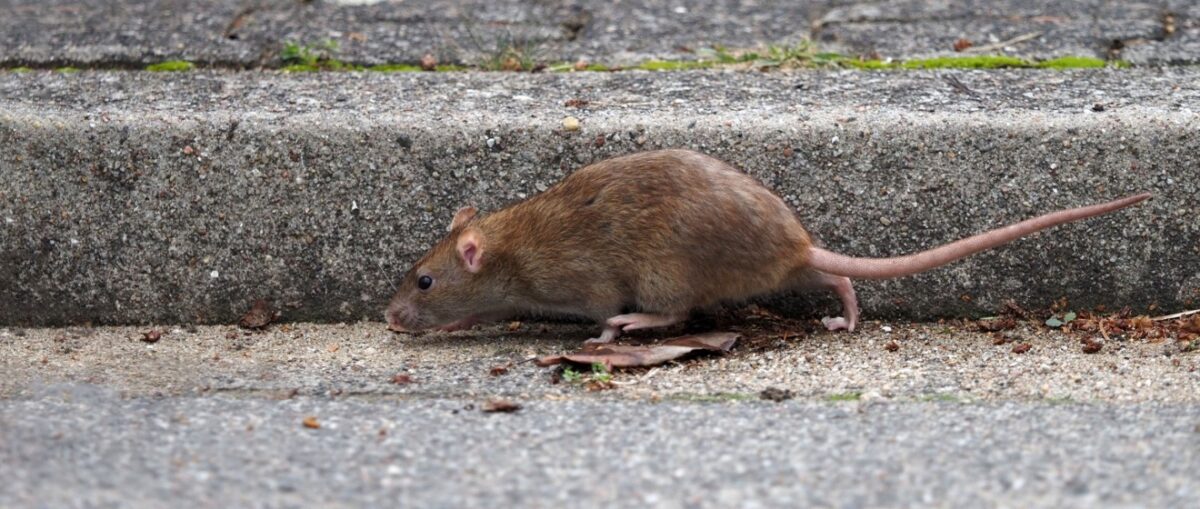Discovering rodents in your apartment building can be unsettling for both property managers and tenants alike. These unwelcome guests are not just a source of discomfort but can also pose significant health risks and cause property damage. Understanding why rodents are attracted to your building is the first step in effectively addressing the problem and implementing strategies to prevent their return.
Attraction Factors for Rodents
- Food Sources: Rodents are primarily attracted to easy access to food. Unsecured garbage bins, pet food, and even crumbs or food spills inside apartments can draw rodents into a building.
- Water Sources: Like any living creature, rodents need water to survive. Leaky pipes, standing water, and even pet water bowls can attract rodents looking for hydration.
- Shelter and Warmth: Apartment buildings provide ideal nesting sites for rodents, especially during colder months. They seek out warm, hidden areas like wall cavities, attic spaces, basements, and even under appliances.
- Easy Entry Points: Rodents can squeeze through surprisingly small openings. Cracks in the foundation, gaps around windows and doors, and openings for utility pipes and vents can all serve as entry points for these pests.
Steps to Take if You Have Rodents
- Identify and Seal Entry Points: Conduct a thorough inspection of the building to identify any potential entry points for rodents. Seal cracks, holes, and gaps with rodent-proof materials.
- Implement Proper Waste Management: Ensure that garbage is stored in sealed containers and disposed of regularly. Encourage tenants to keep their living areas clean and free of food debris.
- Address Water Sources: Fix leaky pipes and eliminate standing water both inside and around the building. This removes potential water sources for rodents.
- Regular Inspections and Maintenance: Schedule regular inspections of the building and its perimeter to catch signs of rodents early. Regular maintenance can also help prevent conditions that attract rodents.
- Professional Pest Control Services: For persistent rodent problems, enlisting the help of professional pest control services can provide the expertise needed to effectively address the infestation and prevent future occurrences.
Prevention Is Key
Preventing rodents from entering your apartment building in the first place is the most effective strategy for managing this issue. This involves a combination of maintaining the building to eliminate entry points, educating tenants on best practices for preventing rodents, and regular monitoring for signs of rodent activity.
The Role of Tenants
Educating tenants about how they can help prevent rodents is crucial. Simple actions like storing food in sealed containers, disposing of garbage properly, and avoiding clutter can significantly reduce the risk of attracting rodents. Encourage tenants to report signs of rodents or potential entry points to management promptly.
Rodents are attracted to apartment buildings for reasons that are largely preventable: access to food, water, shelter, and easy entry. By understanding these factors, property managers and tenants can work together to create a living environment that is less inviting to rodents. Implementing a comprehensive rodent prevention and control strategy, including regular maintenance, tenant education, and professional pest control services, is essential for keeping your apartment building rodent-free.




